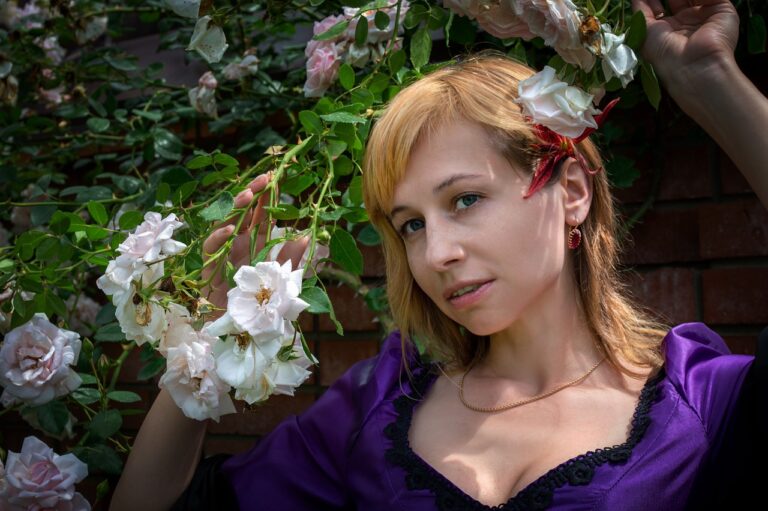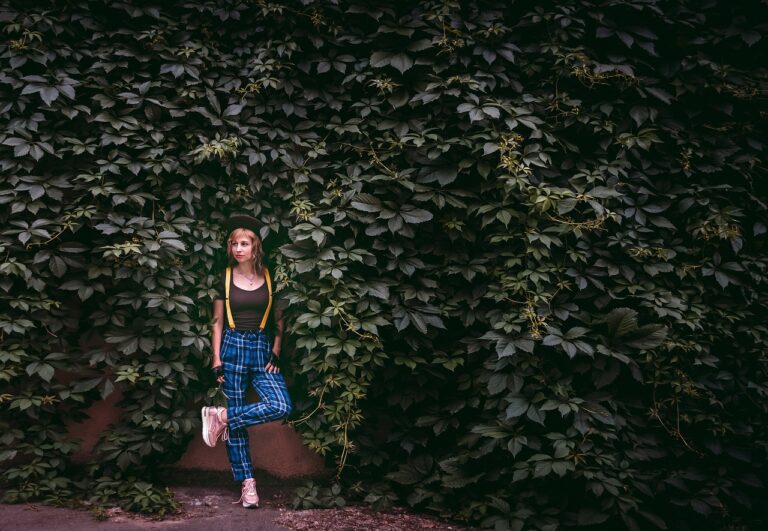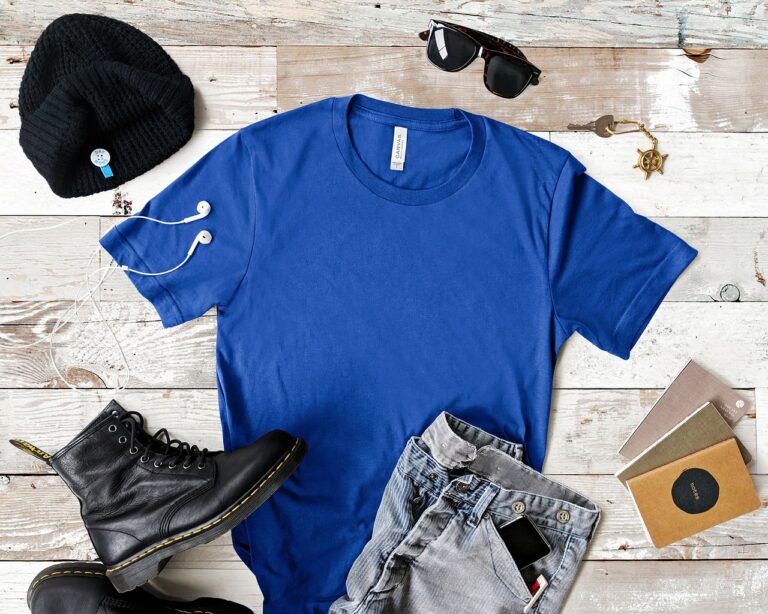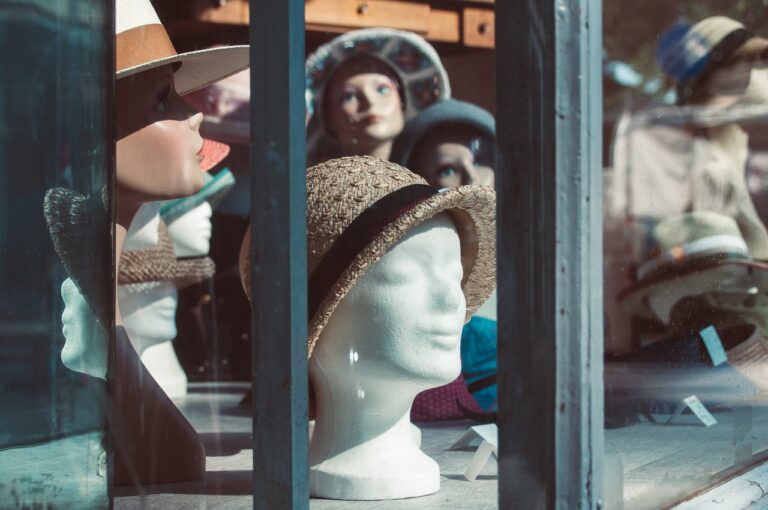The Art of Fabric Collage: Techniques for Mixed Media Textile Art: World 7 login, Mahadev book id login, Silver777 login
world 7 login, mahadev book id login, silver777 login: Fabric collage is a versatile and creative technique that allows artists to combine various fabrics and textiles to create stunning mixed media artwork. Whether you’re a seasoned artist looking to try something new or a beginner wanting to explore your creativity, fabric collage is a fun and rewarding way to express yourself.
Here are some techniques for creating beautiful mixed media textile art through fabric collage:
1. Gather Your Materials
Before you start, make sure you have all the necessary materials on hand. This includes a variety of fabrics in different textures, colors, and patterns, as well as scissors, adhesive, a base fabric (such as canvas or muslin), and any embellishments you want to incorporate into your collage.
2. Choose a Theme
Decide on a theme or concept for your fabric collage. This will help guide your design choices and keep your artwork cohesive. You could draw inspiration from nature, a favorite place, a particular color scheme, or even a specific emotion you want to convey.
3. Cut and Tear Your Fabrics
Experiment with cutting and tearing your fabrics to create interesting shapes and textures. Don’t be afraid to mix and match different fabrics to add depth and visual interest to your collage.
4. Layer Your Fabrics
Layering is key to creating a dynamic fabric collage. Start by placing larger pieces of fabric on your base fabric and then gradually add smaller pieces on top. Play around with different arrangements until you’re happy with the overall composition.
5. Sew or Glue Your Fabrics
Depending on your preference, you can sew or glue your fabrics onto your base fabric. Sewing allows for more precision and control, while gluing is quicker and easier. Experiment with different stitching techniques and adhesives to see what works best for your project.
6. Add Embellishments
To take your fabric collage to the next level, consider adding embellishments like beads, sequins, ribbons, or embroidery. These extra touches can add sparkle and dimension to your artwork.
7. Experiment with Texture
Texture is an important element in fabric collage. Don’t be afraid to incorporate different textures like velvet, silk, or lace into your collage to create visual and tactile interest.
8. Balance Your Composition
Pay attention to the balance and symmetry of your fabric collage. Make sure there is a harmonious flow of colors, shapes, and textures throughout your artwork.
9. Step Back and Evaluate
Once you’ve completed your fabric collage, take a step back and evaluate your work. Make any final adjustments if needed and consider how your artwork makes you feel.
10. Seal and Display
To protect your fabric collage from wear and tear, consider sealing it with a fabric sealant or clear varnish. Once dry, you can frame or hang your artwork to display it proudly.
Fabric collage is a wonderful way to explore your creativity and create unique mixed media textile art. With these techniques and tips, you can unleash your artistic potential and make stunning fabric collages that truly reflect your personal style.
FAQs
Q: Can I use any type of fabric for fabric collage?
A: Yes, you can use a variety of fabrics including cotton, silk, velvet, and lace for fabric collage. Experiment with different textures and colors to create visually stunning artwork.
Q: Do I need a sewing machine to create fabric collages?
A: While a sewing machine can be useful for creating intricate stitching details, you can also hand sew or glue your fabrics onto your base fabric for a more rustic look.
Q: How long does it take to complete a fabric collage?
A: The time it takes to complete a fabric collage depends on the size and complexity of your artwork. Some projects may take a few hours, while others may take days or even weeks to finish.
Q: Can I wash my fabric collage?
A: It’s best to avoid washing fabric collages, as the adhesive and embellishments may not hold up well to water. Instead, dust your artwork occasionally to keep it looking its best.







